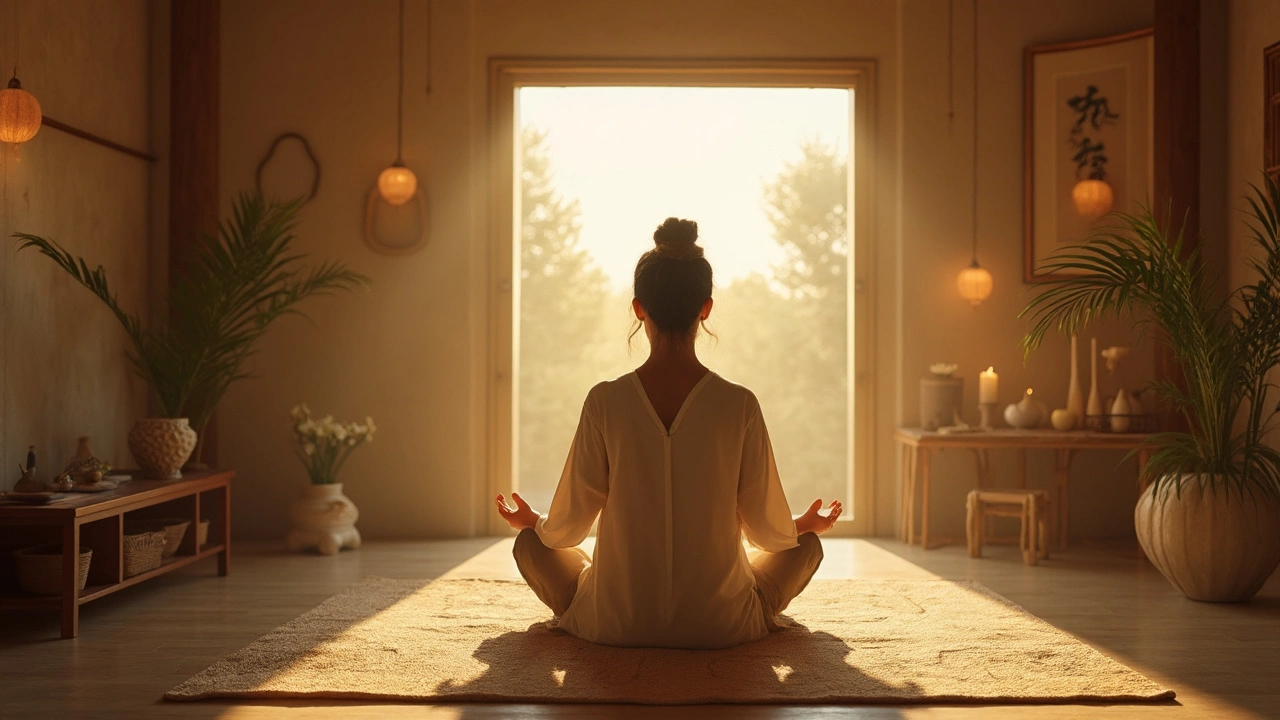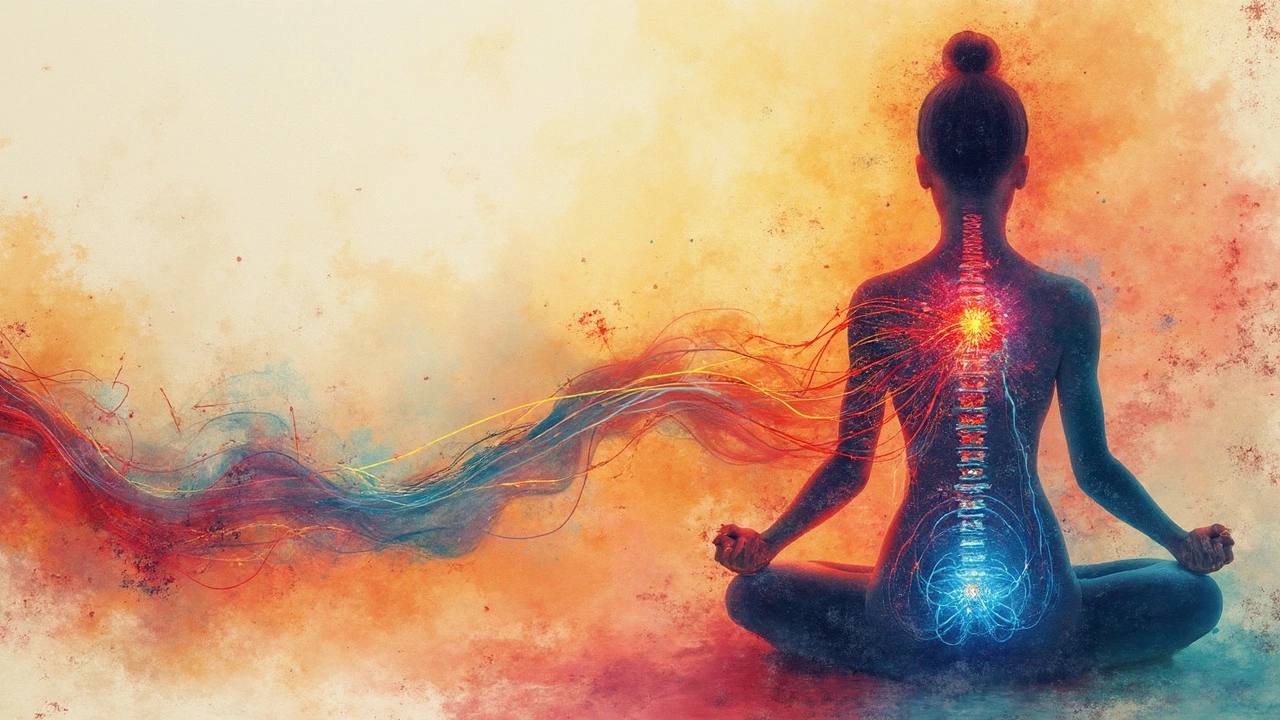The Beginner's Guide to Tuina Massage: Start Your Journey Today

Ever heard of Tuina massage? It's like the secret weapon in the world of Chinese medicine, and it's not just for the pros anymore. Imagine pulling up a chair (or, more accurately, a massage table) and letting someone use this ancient technique to shake off your stress and boost your energy. But hey, you might be wondering, what exactly is Tuina, and how's it different from all those other massages out there?
Let's break it down. Tuina is all about balancing the body's energy. It's got its roots in traditional Chinese medicine and uses specific hand techniques to get your Qi (that's your life force energy) flowing smoothly. So, if you're feeling stuck, stressed, or just need a little pick-me-up, Tuina might be your new best friend.
- Introduction to Tuina Massage
- Benefits of Tuina
- Finding a Tuina Practitioner
- What to Expect in a Session
Introduction to Tuina Massage
So, let's talk about Tuina massage. It's been around for over 2,000 years, and it's a major player in the realm of traditional Chinese medicine. Basically, it's like a mix of acupressure and manual therapy, where the therapist uses their hands to apply pressure on various parts of your body. The goal? To get your energy (yep, that's your Qi) flowing like a well-oiled machine.
Unlike other massages that might just focus on relaxation, Tuina goes deeper by targeting both the physical and energy imbalances in your body. You'll find techniques such as kneading, rolling, and even some gentle stretching. It's kind of like having a Swiss Army knife of massages at your service.
Want to know a cool fact? It's gaining traction globally as more folks are looking for natural and holistic approaches to health. In the U.S., it's making waves in integrative medicine clinics and wellness centers. How’s that for popularity?
Wondering if it's safe? Absolutely, it's used to treat a variety of conditions like musculoskeletal disorders and stress. Plus, who doesn’t need a little less stress nowadays?
Considering trying it out? Most practitioners recommend Tuina for conditions like tension headaches, neck pain, and even digestive issues. It's like hitting several birds with one stone—getting relief from different ailments while promoting general wellbeing.
Benefits of Tuina
Alright, so you might be wondering why you should give Tuina massage a shot. Let's talk about the good stuff it can do for you. First off, Tuina is awesome for stress relief. We all know that feeling when life's hustle gets too much, right? A good Tuina session can melt away that tension like butter on a hot pan, leaving you chilled out and relaxed.
But stress relief is just the beginning. One of the coolest benefits is its ability to help with pain management. Whether it's a nagging headache or that annoying back pain from sitting too long, Tuina works on specific points to ease pain and discomfort. It's like your personal, no-side-effects pain reliever.
And here's the kicker – Tuina isn't just about fixing stuff; it's about supercharging your whole system. By promoting blood circulation and boosting your precious Qi, it helps improve your overall energy and vitality. So, if you're feeling like your batteries need a charge, a Tuina session might be just what the doctor ordered.
- Holistic Healing: Unlike some treatments that target symptoms, Tuina takes a big-picture approach. It focuses on restoring balance to your body, which can help enhance your natural healing processes.
- Flexibility and Range of Motion: If your muscles feel tighter than a drum, Tuina can help improve your flexibility and loosen those stiff joints, making you feel more agile and limber.
- Enhanced Mood: Feeling a bit down? The relaxation and energy boost from Tuina can also uplift your mood, leaving you happier and more centered.
So, there it is – a few reasons why Tuina is becoming a popular choice for those looking to mix wellness with some ancient wisdom. Whether you're battling pain, stress, or just aiming for better health, Tuina has something pretty special to offer.

Finding a Tuina Practitioner
So, you’re ready to try Tuina massage, but where do you find a skilled practitioner? It's not as tough as you might think. Let's walk you through some easy steps to ensure you’re in good hands.
First off, the internet is your friend. A quick search for 'Tuina massage near me' can help you locate practitioners in your area. Many experienced practitioners list their services on websites like Yelp or Google Maps, where you can also check reviews.
Another great place to start is at local wellness clinics or traditional Chinese medicine centers. These places often have qualified practitioners, and a quick phone call can confirm if they offer Tuina massage specifically. Remember, it’s always smart to ask about the practitioner's training and experience level. You want someone familiar with this ancient technique and not just any massage therapist.
If you prefer a more personal recommendation, ask around. Friends or colleagues who’ve tried it might have some great referrals, and there's nothing like a personal thumbs-up to assure you’re making the right choice.
Here are some key points to remember:
- Make sure the practitioner is certified in Tuina.
- Check online reviews and ratings.
- Consider visiting the clinic first to get a feel of the environment.
- Ask about a free consultation or trial massage to see if their style matches your needs.
Finally, while looking through choices, don't hesitate to ask detailed questions. It’s your wellbeing at stake here, so ensuring a good fit is essential. With a bit of research, you're on your way to experiencing the unique benefits of Tuina massage right away!
What to Expect in a Session
Walking into your first Tuina massage session can feel a bit mysterious, but don't worry—I've got the lowdown on what happens. First off, when you arrive, you'll have a quick chat with the therapist about any aches or pains you're experiencing. They want to know what’s bugging you, so they can tailor the session to help.
Then, it's time to hit the massage table. You'll typically stay fully clothed, which is different from some other types of massage, but super practical for those of us who feel a little shy. The therapist uses techniques like kneading, pressing, and rolling along your body. It might sound intense, but it's actually quite soothing!
- Pressure Points: The therapist will focus on pressure points, aiming to relieve tension and get that energy flowing—kind of like acupuncture without needles.
- Special Techniques: Expect a combo of different movements. Sometimes, they'll use their hands, and other times, elbows come into play for deeper pressure.
- Duration: Sessions typically last about an hour, but can vary based on your needs and preferences.
Some folks walk out feeling energized, while others feel like they need a good nap. It's all normal. Just be sure to drink some water afterward—staying hydrated helps flush out the toxins that might've gotten stirred up.


